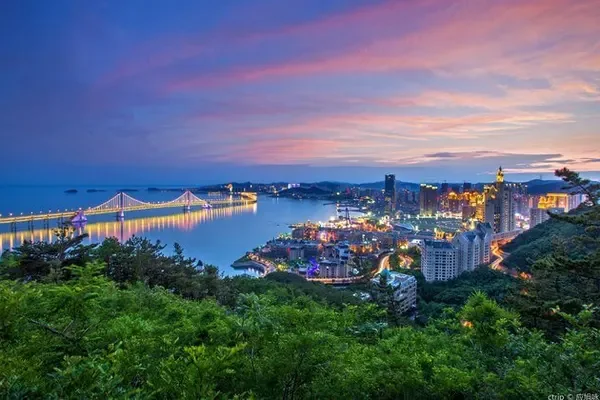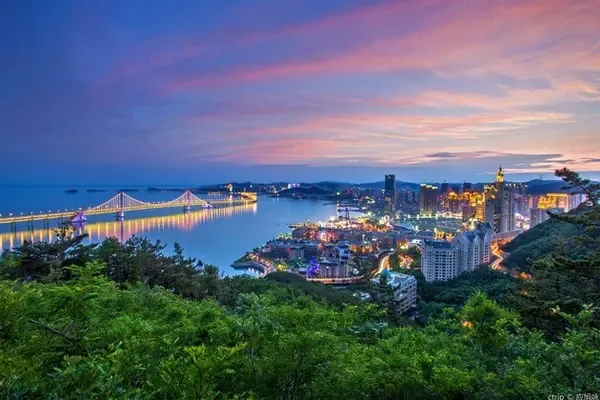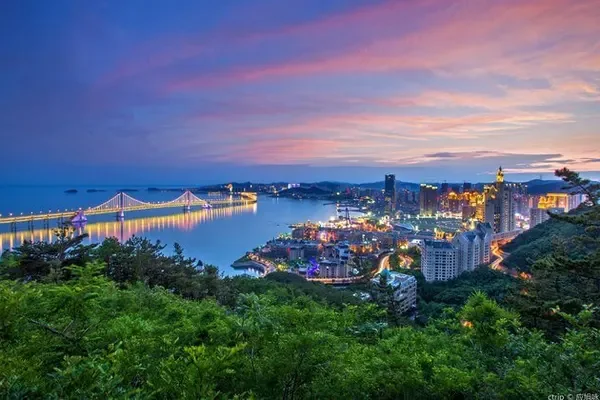August 8 sunny
Itinerary: Kashi - Baisha Lake - Karakule Lake - Taxkorgan County
People in China know that the Qinghai-Tibet Plateau is the roof of the world, but they don’t know that the real roof of the world is in the Pamirs. The Pamirs are the collection of the five largest mountain ranges in the world: the Himalayas, the Tianshan Mountains, the Kunlun Mountains, the Karakoram Mountains and the Hindu Kush Mountains. Asia is roughly centered on the Pamir Plateau, and a series of tall mountains radiate in all directions to the edge of the continent. During the heyday of the Qing Dynasty, the entire territory of the Pamirs was under the jurisdiction of China. However, under the coveting of Britain, Russia and other powers, the Qing government gradually lost control of the Pamirs. Now, except for a small part of the eastern highlands that belong to China, the rest are It belongs to the present Republic of Tajikistan, Afghanistan and other countries. The Pamir Plateau, known as Congling in ancient times, is the only place that the ancient Silk Road must pass through. Today it is the Taxkorgan Tajik Autonomous County, and the residents are mainly Tajik.
Even though the country is incomplete, she is still beautiful. The Pamir Plateau in the east has a desolate beauty that you can't imagine at all. With great love for the motherland's rivers and mountains, a group of 6 of us chartered a car to the Pamir Plateau.
At 9 o'clock in the morning, we set off from Kashgar. In the early morning sunshine, the car was driving on the China-Pakistan Friendship Highway (National Highway 314 or the southern section of the Wuhong Line), which is the highway from Kashgar to Pakistan. The highest altitude is 4733 meters. One of the ten most dangerous roads". On both sides of the road, there are rows of poplar trees. They do not pursue rain or sunshine. As long as they are given a little water, they can decorate the Gobi and prop up a piece of green. It doesn't need people to fertilize it, and it doesn't need to water it specially. Give it a little loose environment and let it absorb free air, and it will stand tall and straight. In the breeze, he was also wearing a green uniform, watching the western border of the motherland.

As it slowly enters the Pamirs, the mountain gradually turns into a red mountain similar to Kuqa County, red and white, full of layers, and the snow-capped mountains in the distance are looming.


The car drove for about 2 hours and arrived at the border checkpoint. Here, a majestic snow mountain appeared in front of us. It is tall and holy. This is the highest peak of the entire Pamirs - Gongger Peak. One of the world's famous peaks is also the highest peak of the Kunlun Mountains.


The car continued to circle around Gongger Peak. After more than an hour, when it reached an altitude of about 3,400 meters, it suddenly became clear that snow-capped mountains were reflected in the lake. This is the magical Baisha Mountain and Baisha Lake. The mountains are silver-white sand mountains, white and soft, like white silk, wrapping around the lake; the water is pure snow water, green and deep, like a mirror, reflecting the snow-capped mountains.
The blue sky, the emerald green lake, the white snow-capped mountains, the world is so beautiful.




A beautiful woman by the lake is attracted by the beautiful scenery, the beautiful scenery and the beautiful women complement each other, beautiful!

Change the angle and take another picture.

Walking and taking pictures, the beautiful scenery along the way, no matter how you look at it, it is not enough.

An hour later, we will meet another plateau lake, which is the Karakule Lake surrounded by three snow-capped mountains. The locals simply surrounded a tidal flat by the lake and charged 45 yuan for the entrance fee. In order to enter the lake to take pictures of the reflection of the snow-capped mountains, they did not hesitate to pay RMB, which is regarded as supporting the frontier.



The lake is clean and clear. To the east of the lake stands a tall snow mountain - Muztagh Peak. It is located in the west section of Kunlun Mountains, with an altitude of 7509 meters. Majestic, pure and elegant, Muztag Peak is regarded as a symbol of pure love by Tajik young men and women.

Everywhere here is so beautiful, the beauty is breathtaking.


When crossing the mountain at an altitude of 4,000 meters, I had a slight high reaction and a headache. I rested and stopped talking. Traveling all the way from Kashgar for 8 hours, I came to the westernmost county in China - Taxkorgan Tajik Autonomous County. This is the Silk Road, and it is also the road for Tang Xuanzang to learn Buddhist scriptures. It has a history of more than two thousand years. It is located in the ancestor of Wanshan and Wanshui. The source of the eastern Pamir Plateau is 3100 meters above sea level. It is bordered by Tajikistan, Afghanistan and Pakistan. It has a long culture, unique ethnic customs and charming plateau scenery. Take advantage of the afternoon to visit the local museum and learn about Tash History.




After rest, in the evening, visit the famous historical site in Ta County - Stone Town. Taxkorgan Stone City has a history of more than 2,000 years. It is the royal city of Puli Kingdom, one of the 36 countries in the Western Regions. There have been prosperity, there have been wars... standing on the city wall, the breeze is blowing, like complaining like weeping, like attachment and reluctance to a distant country.



Under the stone city is the Jincaotan, a 5A-level scenic spot built in Ta County. This is a flat grassland under the high mountain and beside the river. Drops form a strong contrast. The cold wind blowing from the snow-capped mountains in the distance swept over the grassland, and I went back home with the chill.


August 9 sunny
Itinerary: Taxkorgan County - Khunjerab Gate - Kashgar (live)
Wake up naturally at 7 o'clock, this ancient and leisurely county town is still silent in the thick night, the hotel does not open until 8 o'clock, and it is still early to eat, so I walk to Jincaotan and wait for ten minutes, the sun comes from behind the mountain Rising slowly, the grassland is shrouded in golden silence, and the snow-capped mountains in the distance are covered with the colorful clothes of the morning glow. At this moment, I am at a loss for words and cannot describe her beauty (when traveling, you must remember a rule, the most beautiful scenery , certainly sooner or later).

After breakfast, continue along the China-Pakistan Friendship Highway to the Khunjerab National Gate. It is 150 kilometers away from the county seat to the national gate, with an altitude of 3100 meters to 4800 meters. , I can't feel the elevation all the way, and the winding mountain road is only a few miles away from the national gate. On both sides of the road, there are barren mountains and snowy mountains. The road is full of vicissitudes and desolation.




Khunjerab is the only land entry and exit channel from China to Pakistan. It is also an important gateway to the South Asian subcontinent and even Europe. It is 4,800 meters above sea level. Due to the lack of oxygen on the plateau, the air is thin, the weather is volatile, and the natural environment is very harsh. It is only open to traffic from May to October every year, and it is known as the "Valley of Death". In such a difficult place, there are still soldiers of the People's Liberation Army stationed there. The years are so peaceful, and someone is carrying the burden for you!




Since China's Khunjerab Gate was completed in 2009, it has also become a place that Chinese and foreign tourists yearn for. A must-have for New Year's greetings at the Spring Festival Gala, a real internet celebrity attraction. The majestic Kunlun, the vast snowy area, deep in the Pamirs, the Khunjerab Gate of the People's Republic of China stands in this ice peak gully. Standing under the gate of the country, a sense of pride arises spontaneously, love China!


On the other side of the gate, a Pakistani girl is looking at China with longing. Although there is an iron gate, there are two heavens. Be proud, Chinese!




